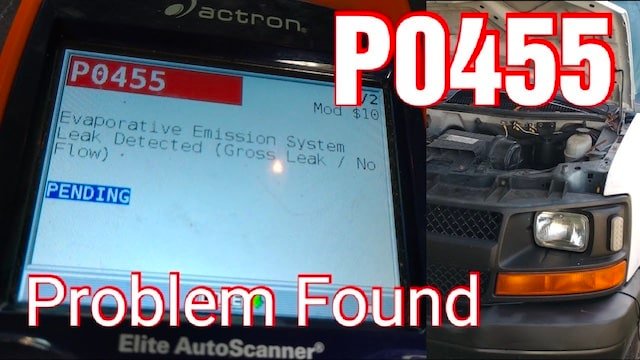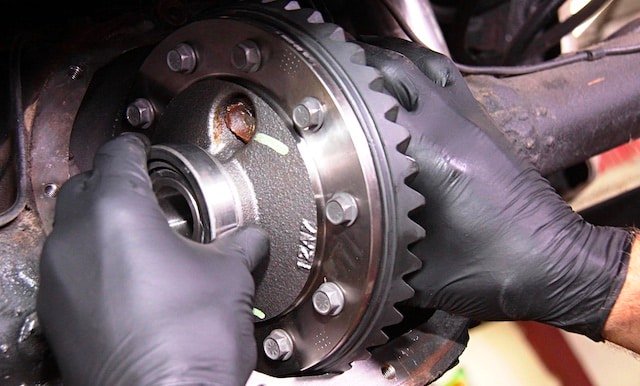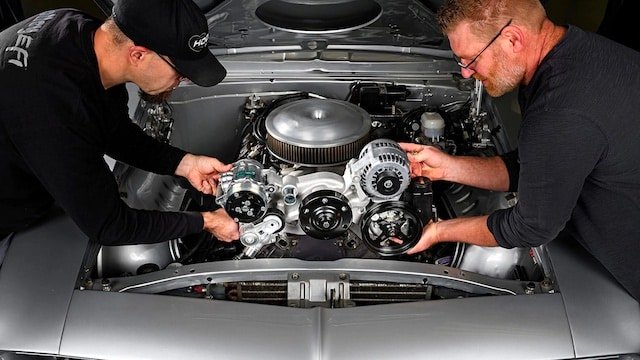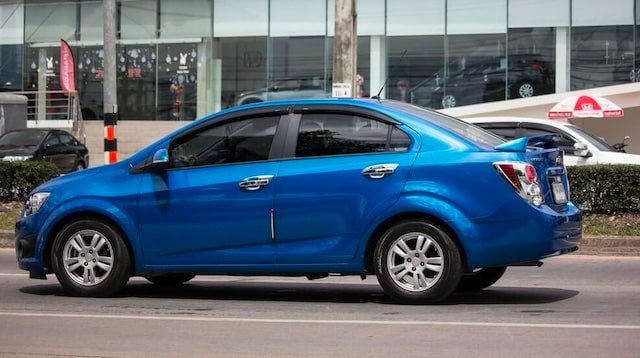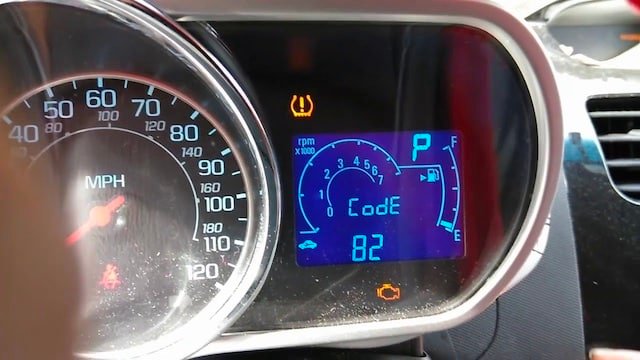One component that most drivers neglect so much is the temp gauge. Despite being so basic, this component is very important. It shows you the temperature of your car engine.
What happens when your Chevy Silverado temp gauge is not working? You may be tempted to leave it but you shouldn’t. In this post, we will explain the reasons why the temp gauge may stop working. We will also proffer solutions to the problem.

Chevy Silverado Temp Gauge Not Working: Possible Reasons
What if you are driving your Chevy Silverado and you take a glance at the temp gauge. You then notice that the readings are abnormal. What is the first thing to do? You need to check the engine to be sure whether the gauge is providing the actual engine temperature or not.
Don’t conclude that the temp gauge is not working until you have done this. Once you are sure that the engine temperature is normal, then you need to check for any of the following:
Faulty sending unit or temperature sensor. This is usually the case when the sensor starts to read the coolant temperature wrongly. The result of this is incorrect signals to the temp gauge. As such, the gauge could be reading hot when the engine is cool and vice-versa.
A malfunctioning circuit within the temperature gauge.
Faulty wiring is one of the most common culprits when this issue arises. The whole system is connected using wires and there could be damage or breakage at any point. Sometimes, the broken wires lead to the sensor from the gauge or to the engine control unit from the sensor. Wires could come loose or even get corroded which, in turn, affects the temp gauge. You can easily diagnose this issue with the help of a multimeter. However, we suggest that you allow your mechanic to handle the issue.
Contaminated coolant system. This will make the gauge provide inconsistent readings. To solve the problem, you must bleed the system completely. Sometimes, the issue is that the lines are filled with air instead of coolant. This means that the gauge will be producing haphazard readings.
Broken thermostat. This will also throw the gauge off. The thermostat controls the flow of the coolant through your car’s radiator. When the thermostat is stuck, then it no longer performs this function. As such, your gauge may be producing false readings. It wouldn’t rise as fast as it should which reveals the wrong state of your car engine.
Corroded connectors. You can find these at the gauge, engine control unit, and sensor. Once the connectors are corroded, the gauge will produce false readings. It is pretty easy to diagnose this by yourself. All you need to do is to check all the necessary connectors for corrosion.
Faulty temperature gauge. Sometimes, even though it is very rare, the whole temp gauge is faulty. In this case, you will need to change the whole instrument cluster since the gauge is integrated into the cluster. However, your best bet is to allow your mechanic to first check if it is a wiring issue.
Broken engine control unit. This is also very rare and is mostly a sign of other underlying problems.
Chevy Silverado Temp Gauge Not Working: How To Know That The Temp Gauge Isn’t Working
An average Chevy Silverado owner might not know when the temp gauge is not working. Even worse, they may not know the reason behind the problem. We understand this so we put together this section to help you. Here are some tricks to assist you in narrowing down the problem without spending a fortune.
- Run your Silverado engine for 20 minutes so that you can raise the engine temperature. Alternatively, you can run the engine until the gauge shows that the temperature is high.
- Lift the hood and observe the coolant tank. Usually, this tank has two lines with the upper line reading “hot/full.” Your coolant should be at this point by this time. If it isn’t, then there is likely a leak somewhere.
- The coolant should be orange or green depending on the color it was when it was added. If it is rusty, muddy, or cloudy, then it has probably become contaminated. As such, it could make the engine run hotter than usual.
- Check the radiator lid/cap once the engine is cooler. When the cap is loose, it can result in inconsistent temperature signals.
- Observe the cooling fan to be sure that it is working. After running your engine for 20 minutes, it should have started running. If it isn’t, then the gauge should be reading hot since the engine would be overheating.
- Check the upper hose coming from the radiator by touching it. It should be hot after running your engine for this long.
These are some tests that will help to check if the engine is overheating. If everything is alright and the temp gauge is still giving wrong readings, the gauge is bad. This means that you have to reach out to your mechanic for help.
Chevy Silverado Temp Gauge Not Working: How to Fix The Problem
There are several things to do depending on what the problem is. Here are some steps you can take to solve the problem:
- Check the temperature sending unit. You should test it using a multimeter to be sure that it is working. If it isn’t, then you need to replace it.
- Also, check the wiring as well as the associated fuse. If there is any problem with the wiring, ensure that you fix it.
- Rid the connectors of corrosion by cleaning them.
- Change the thermostat if it is broken.
- Fix the engine control unit.
- If the temp gauge is bad, change it.
Conclusion
There you have it for why your Chevy Silverado Temp Gauge is not working. We have also shown you how to test the system and the possible fixes. However, if you’re unable to fix the problem on your own after trying these tips, consult an auto expert.
